DesertEagle01
Mechanical
- Mar 14, 2015
- 22
Hi,
I am currently facing some problems with below sealed globe valves used in cryogenic service (down to -40°C).
After only two to three actuations, the spindle gets stuck to the plug in the area where the rotational is tranlated to a linear movement. We have around 14bar in the system and the dimension of the valve is DN80.
Is anybody aware of this kind of problem? I think for DN80 usually the connection between stem and plug should be made by hardened balls to prevent the contact surfaces from levigating. This is not the case for the valves in question (contact surfaces are directly touching)
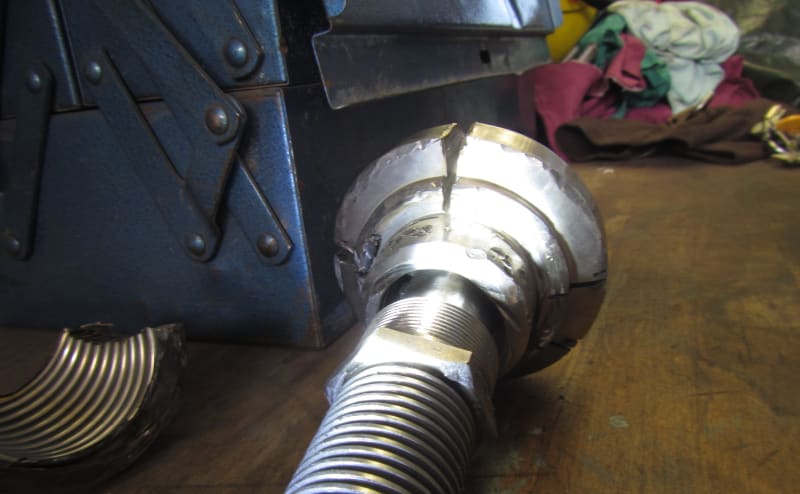
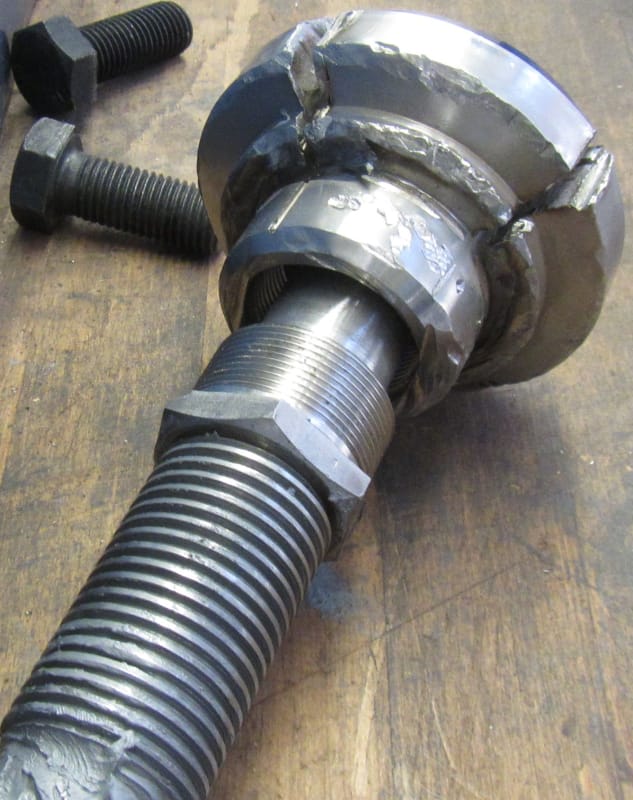
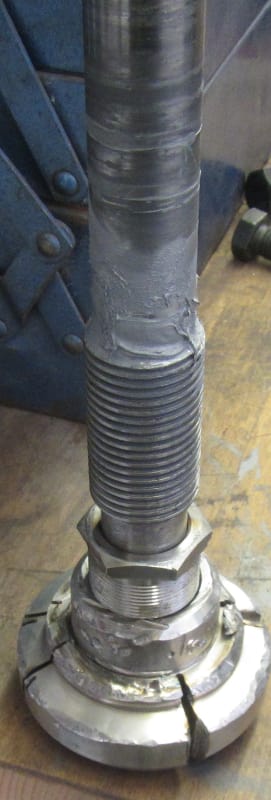
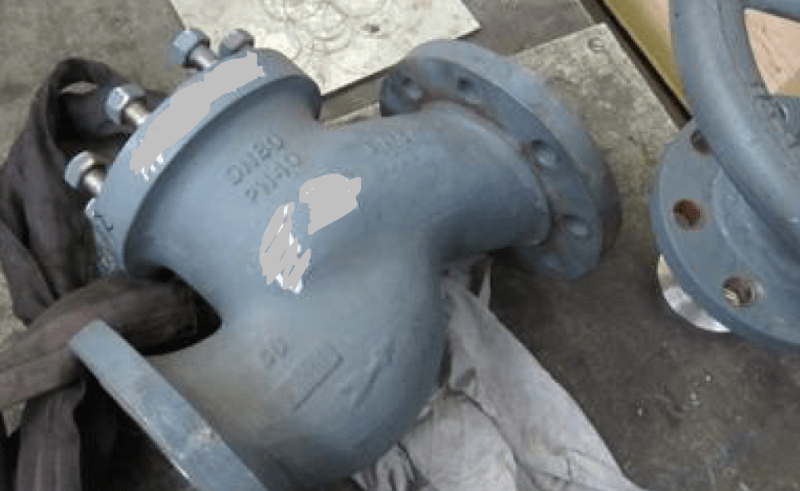
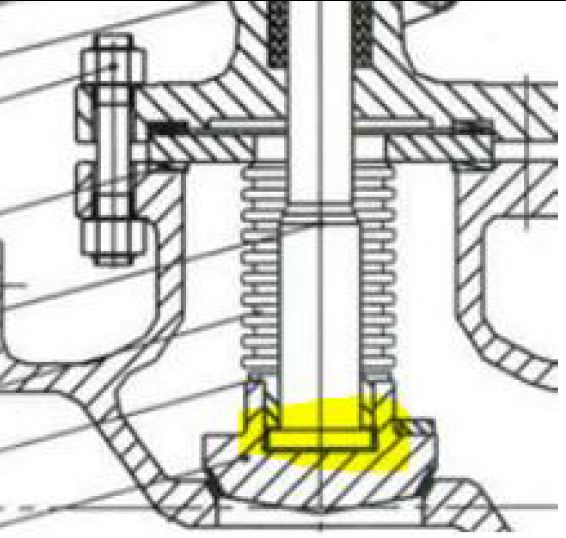
I am currently facing some problems with below sealed globe valves used in cryogenic service (down to -40°C).
After only two to three actuations, the spindle gets stuck to the plug in the area where the rotational is tranlated to a linear movement. We have around 14bar in the system and the dimension of the valve is DN80.
Is anybody aware of this kind of problem? I think for DN80 usually the connection between stem and plug should be made by hardened balls to prevent the contact surfaces from levigating. This is not the case for the valves in question (contact surfaces are directly touching)





